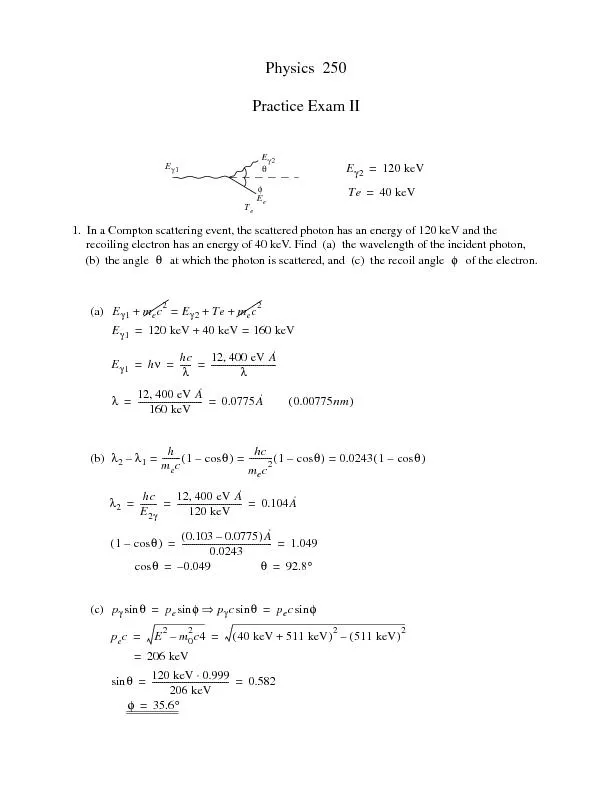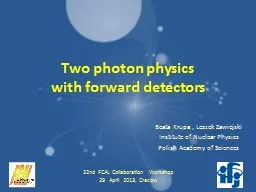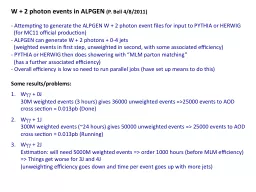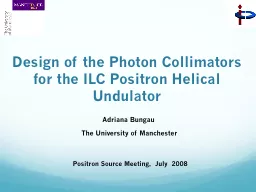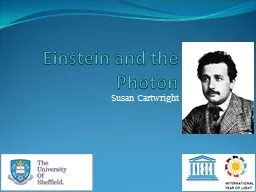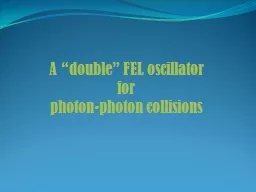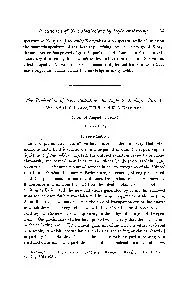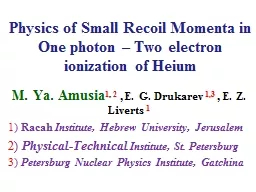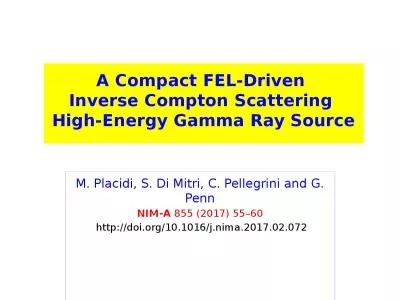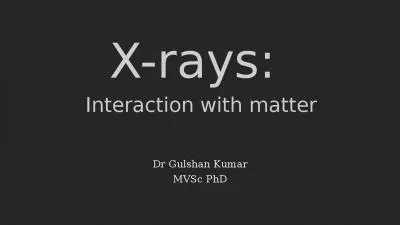PDF-1. In a Compton scattering event, the scattered photon has an energy
Author : celsa-spraggs | Published Date : 2016-07-19
120keV 40keV g2 e e g1 Tem 120keV40keV160keV12400eV12400eV160keV00243112400eV120keV
Presentation Embed Code
Download Presentation
Download Presentation The PPT/PDF document "1. In a Compton scattering event, the s..." is the property of its rightful owner. Permission is granted to download and print the materials on this website for personal, non-commercial use only, and to display it on your personal computer provided you do not modify the materials and that you retain all copyright notices contained in the materials. By downloading content from our website, you accept the terms of this agreement.
1. In a Compton scattering event, the scattered photon has an energy: Transcript
Download Rules Of Document
"1. In a Compton scattering event, the scattered photon has an energy"The content belongs to its owner. You may download and print it for personal use, without modification, and keep all copyright notices. By downloading, you agree to these terms.
Related Documents

